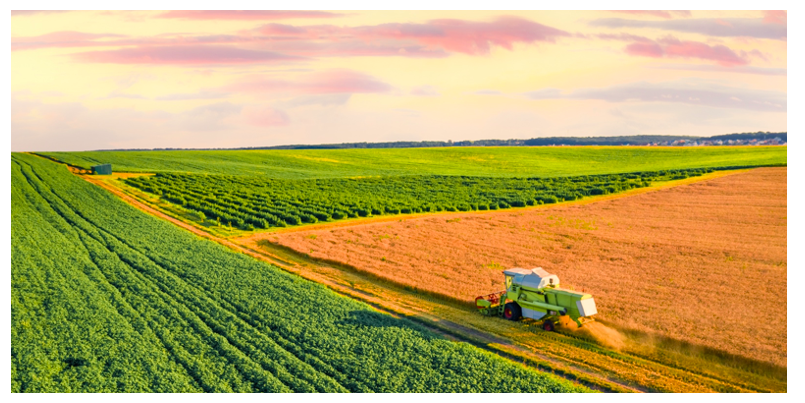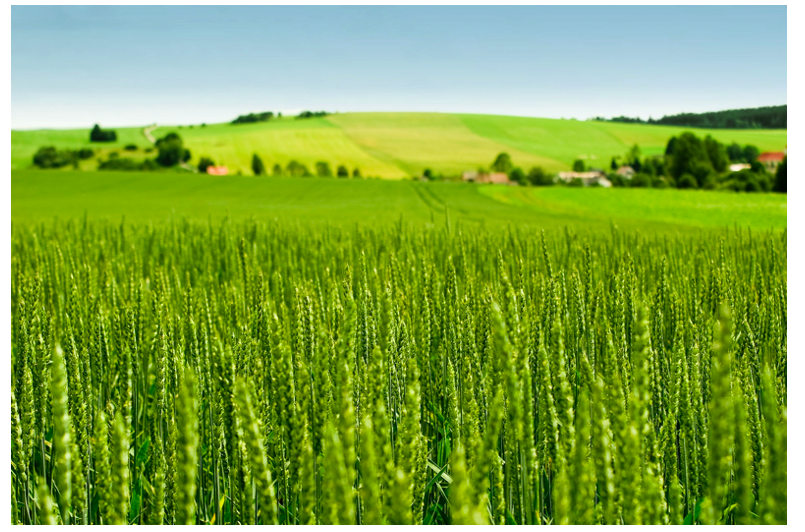Insight Focus
- Ukraine won’t sow full grains area this season.
- EU allows farmers to use previously set aside land to up production; US may follow.
- Hit to global output from lack of fertiliser should keep prices high.
Nixal’s Forecast
Our price forecast for 2021/22 (Sep/Oct) Chicago corn remains unchanged in a range of 5.5 to 6 USD/bu. The average price since the start of the new crop is running at 6.01 USD/bu.
Nixal’s Market Commentary
Last week was a positive one for grains with all recovering from the losses of the previous week.
As the spring planting season draws near, it looks more likely that Ukraine will not be able to sow its full area. Nevertheless, spring planting is underway in Odesa with 30k hectares of barley already in the ground. According to the Ministry of Agriculture, 80% of the country’s farmers have enough seeds, 62% have enough fertiliser and pesticide, and 46% have enough diesel. Local analysts believe spring plantings will be down 35% on the year, though.

As worries over Black Sea grains supply continue, the EU has set up a crisis committee and allowed member states to utilise set aside land, opening up 5% of additional area. It’s also vowed to support member states that reduce the use of biofuels if this would free up more food and feed. US farm groups have asked the USDA to be similarly flexible. The reality is, though, that no vessel has sailed from Ukraine since the 23rd February.
Elsewhere, BAGE in Argentina has lowered its corn production forecast by 2m tonnes to 49m tonnes on the back of lower yields caused by January’s dry weather. The March WASDE put this number at 53m tonnes.
In Brazil, the soybean harvest is 70.6% complete, up 10.6% year on year. The first corn harvest is 41.6% complete, up 2.7% year on year. And the second is 94.7% planted, up 11.1% on the year.
The USDA’s Planting Intentions will be published on Thursday. The USDA currently thinks 93.4m acres of corn will be planted, along with 87.2m acres of soybean and 46.7m acres of wheat.

We’re still faced with the same two problems: the risk of reduced plantings in Ukraine and fertiliser applications globally. We may have increased volatility if Europe and/or the US allows farmers to sow set aside lands, and if countries waive biofuel mandates. The high price environment should remain.
Other Insights That May Be of Interest…
Ukraine & Grains: Who is Most at Risk?
Russia & Ukraine Grains Likely to Be Disrupted into H2’22
Ukrainian Grains Production Faces Severe Delays
Explainers That May Be of Interest…













